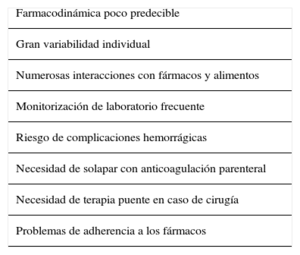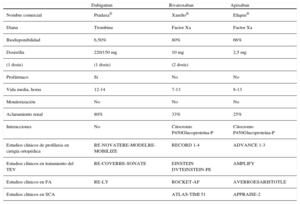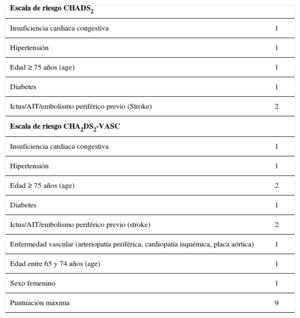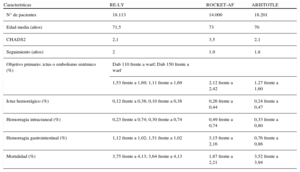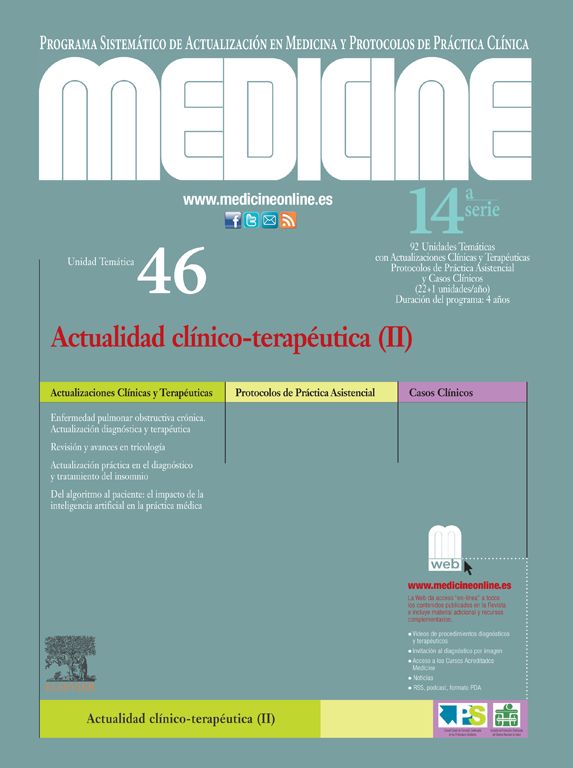Los trastornos vasculares de naturaleza trombótica representan la principal causa de mortalidad en los países industrializados y en vías de desarrollo. La activación de la hemostasia con generación de fibrina en el interior del vaso provoca la reducción del flujo sanguíneo, con la consiguiente isquemia y trombosis. La base del tratamiento antitrombótico son los fármacos anticoagulantes, clásicamente representados por las heparinas de bajo peso molecular (HBPM) y fondaparinux o heparina no fraccionada (HNF) por vía parenteral en la fase inicial, y los antivitamina K (acenocumarol -Sintrom® o warfarina-) por vía oral, como estrategia a largo plazo. En la última década, se han desarrollado nuevos inhibidores orales de la trombina (dabigatran) y del factor Xa (rivaroxaban y apixaban) que presentan las ventajas de no requerir monitorización y escasas interacciones farmacológicas. Estudios clínicos recientes demuestran su utilidad en la prevención del tromboembolismo venoso en cirugía ortopédica mayor, así como en la prevención del ictus en pacientes con fibrilación auricular y en el tratamiento del tromboembolismo venoso. Es probable que a corto plazo estos fármacos sustituyan a los antivitamina K en diversos escenarios clínicos que cursan con trombosis.
Palabras clave
Thrombotic vascular disorders represent the main cause of mortality in industrialized and developing countries. Activation of the hemostasis with generation of fibrin inside the vessel provokes the reduction of blood flow with the consequent ischemia and thrombosis. The basis of the antithrombotic treatment is anticoagulant drugs, classically represented by low molecular weight heparins and fondaparinux or unfractionated heparin parenterally in the initial phase and the vitamin K antagonists (acenocoumarol [Sintrom® or warfarin]) orally, as long-term strategy. In the last decade, new oral thrombin inhibitors (dabigatran) and of the Xa factor (rivaroxaban and apixaban) whose advantages are that they do not require monitoring and that they have scarce pharmacological interactions have been developed. Recent clinical studies demonstrate their utility in the prevention of venous thromboembolism in major orthopedic surgery and in the prevention of stroke in atrial fibrillation patients and those under treatment for venous thromboembolism. It is likely that in the short term these drugs will replace the vitamin K antagonists in different clinical scenarios that occur with thrombosis.
Keywords
Identifíquese
¿Aún no es suscriptor de la revista?
Comprar el acceso al artículo
Comprando el artículo el pdf del mismo podrá ser descargado
Teléfono para incidencias
De lunes a viernes de 9h a 18h (GMT+1) excepto los meses de julio y agosto que será de 9 a 15h


